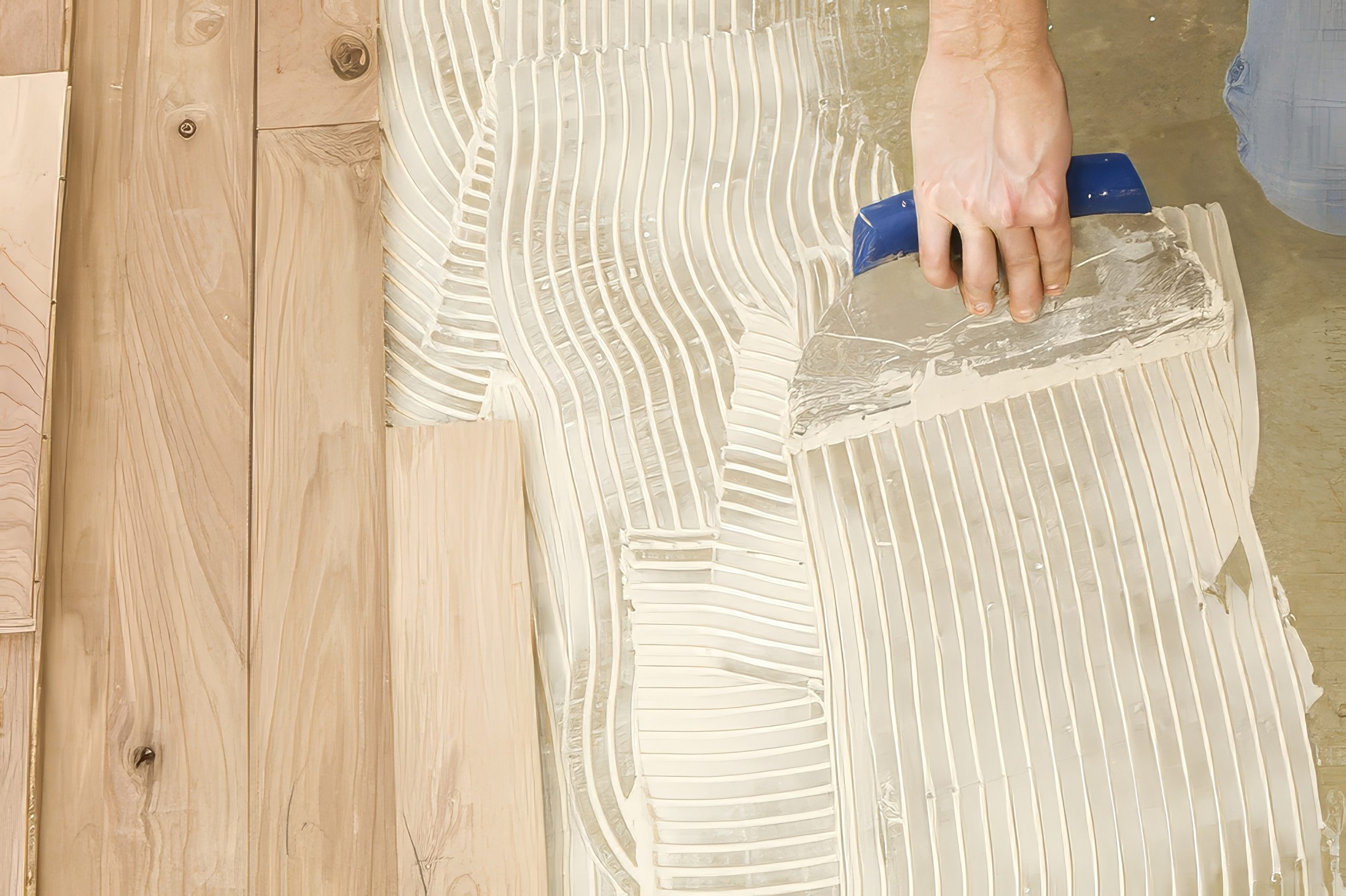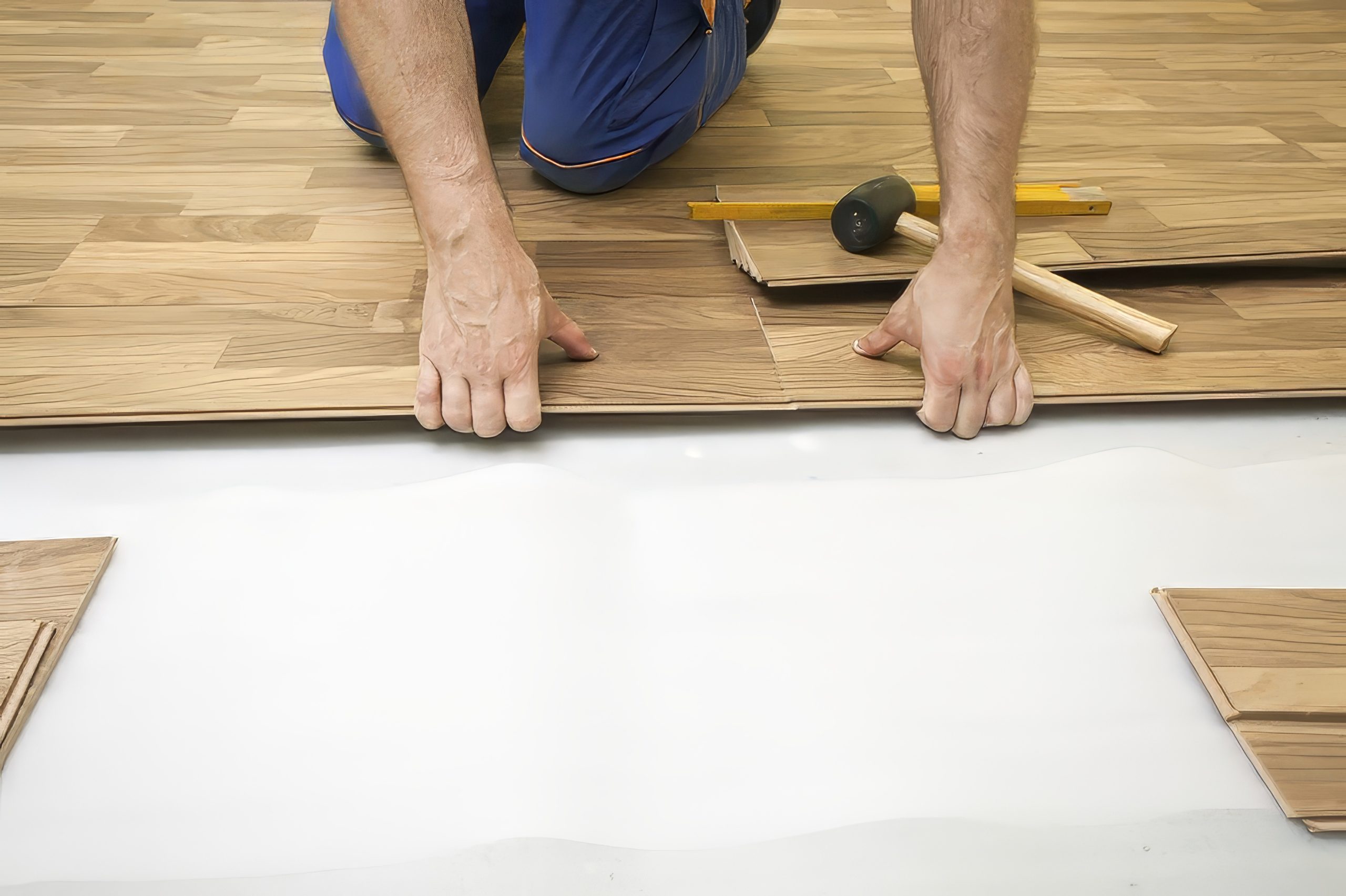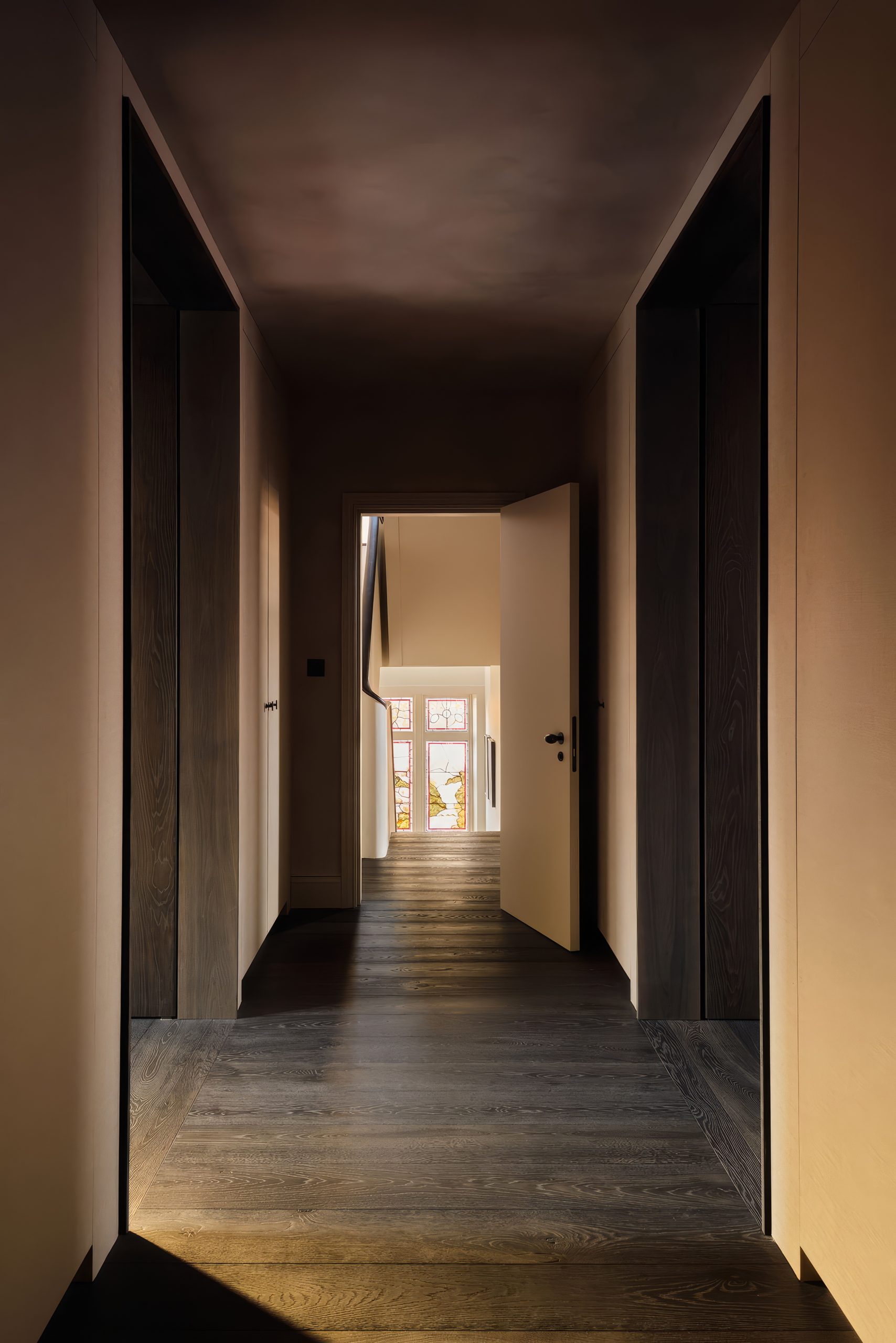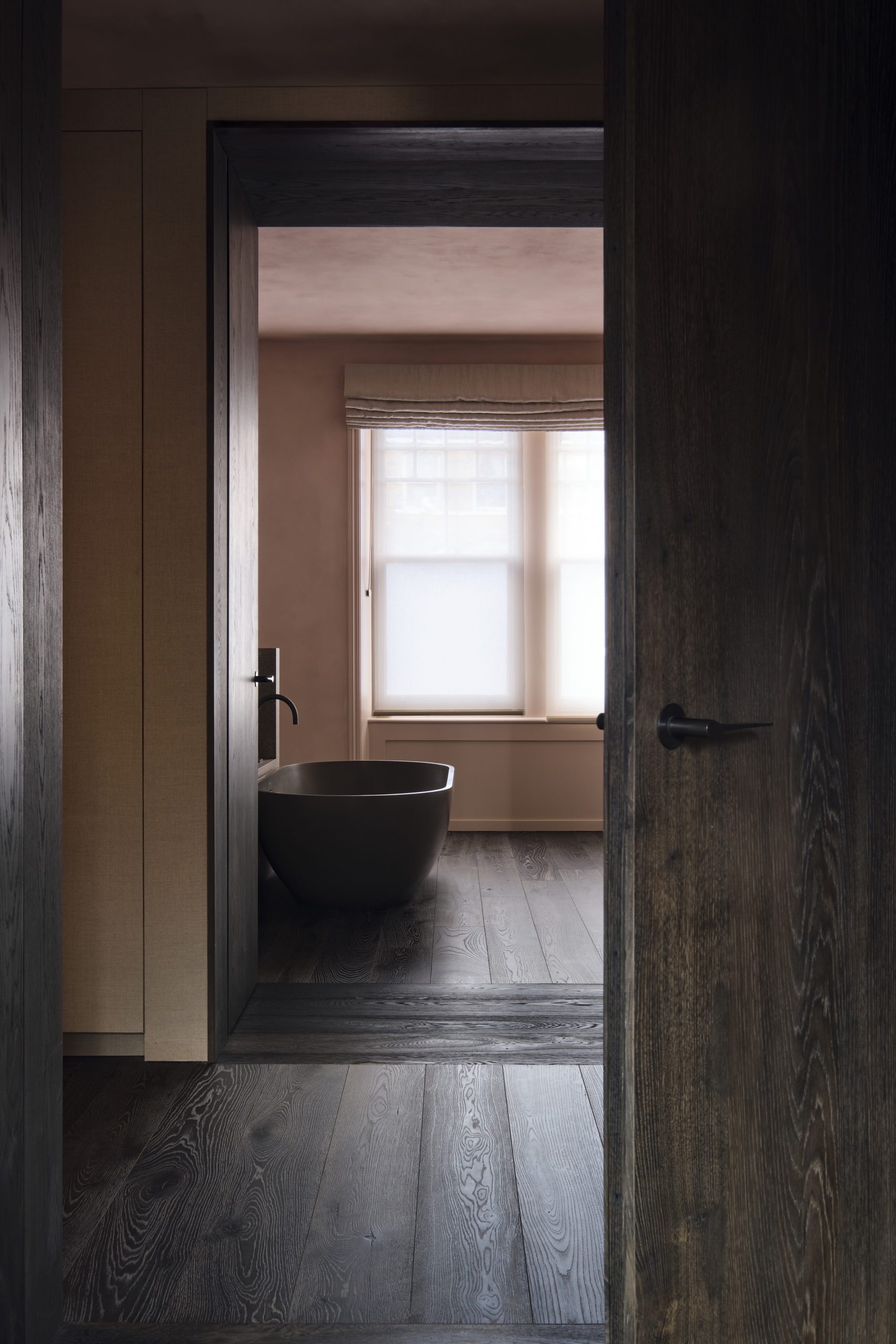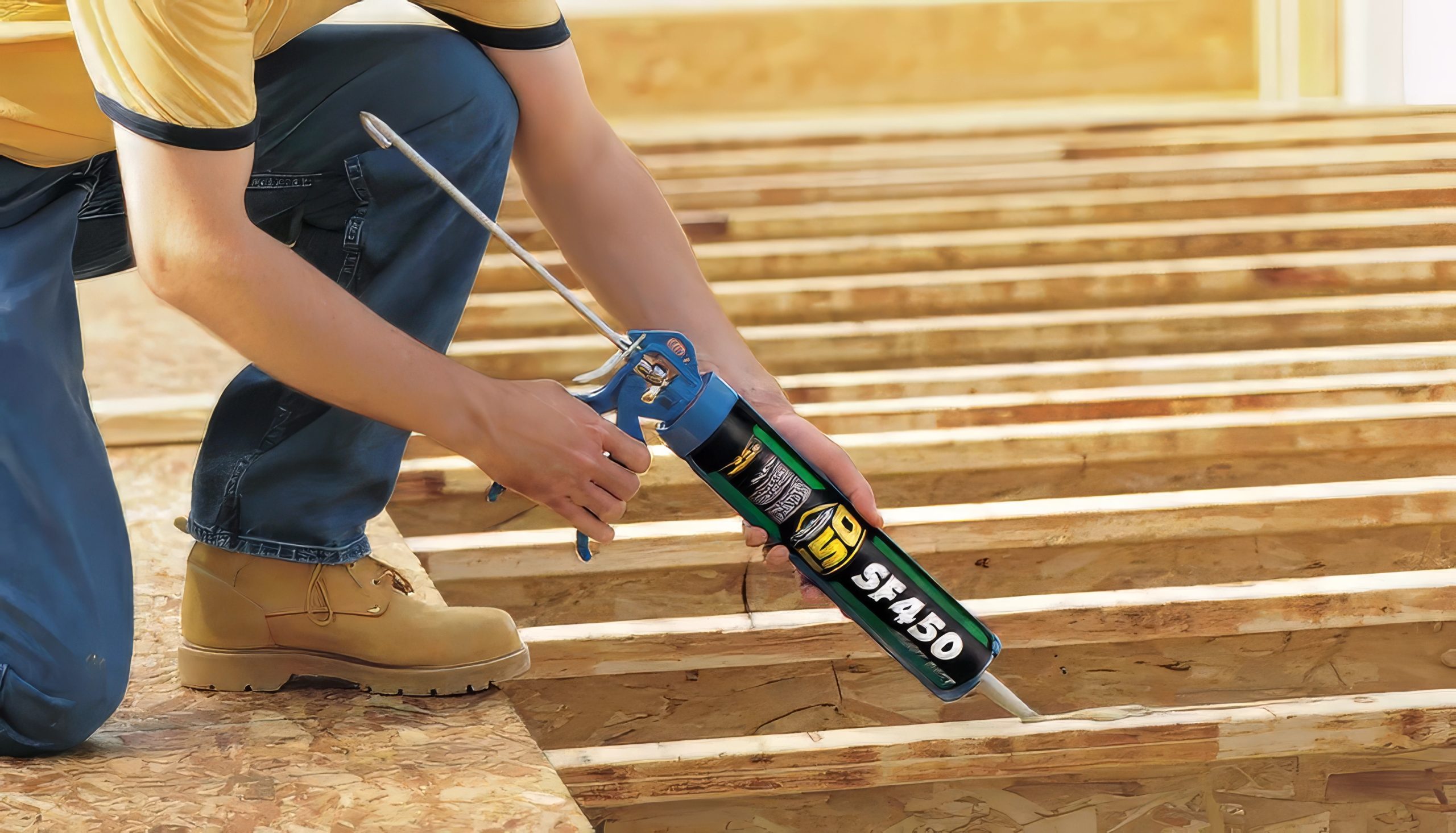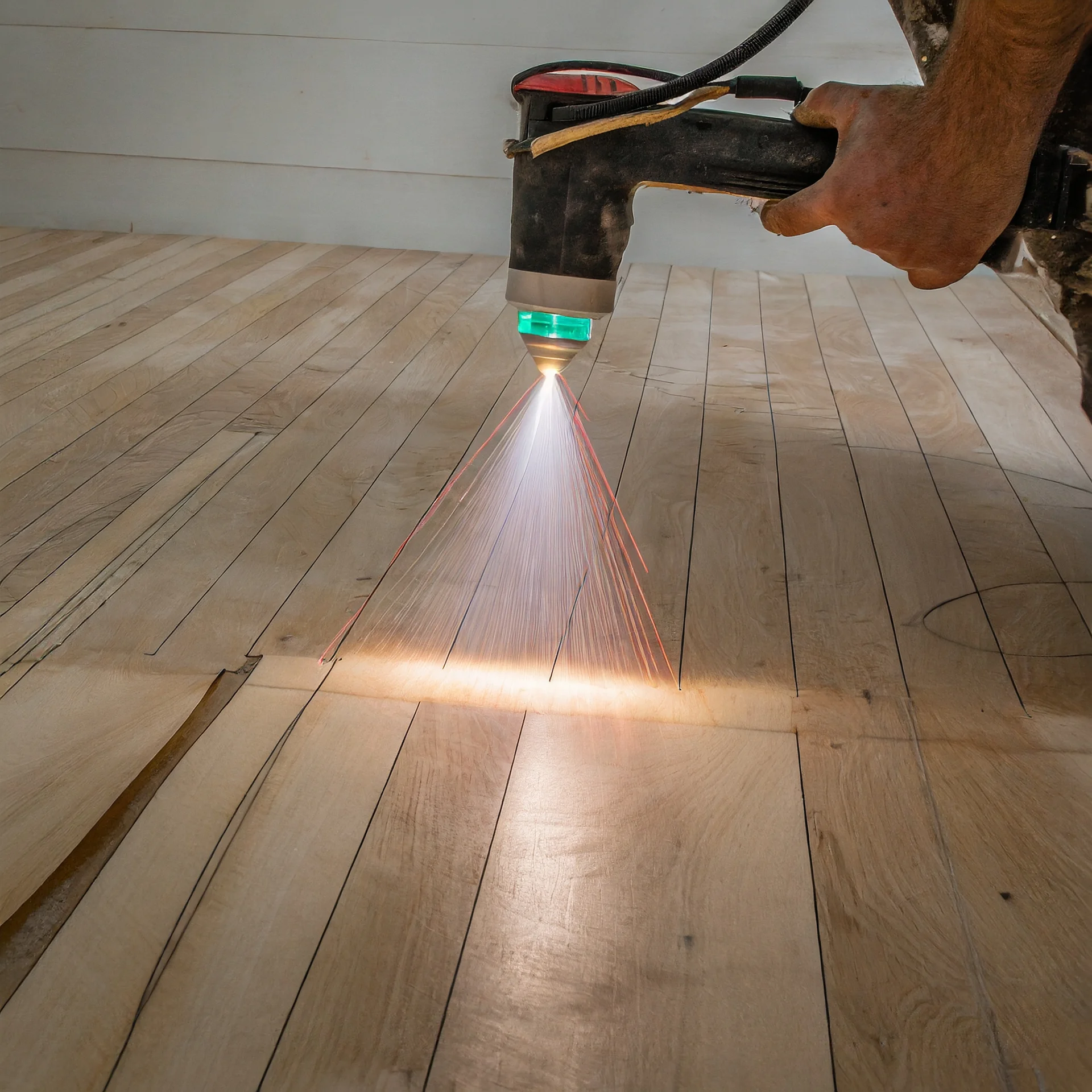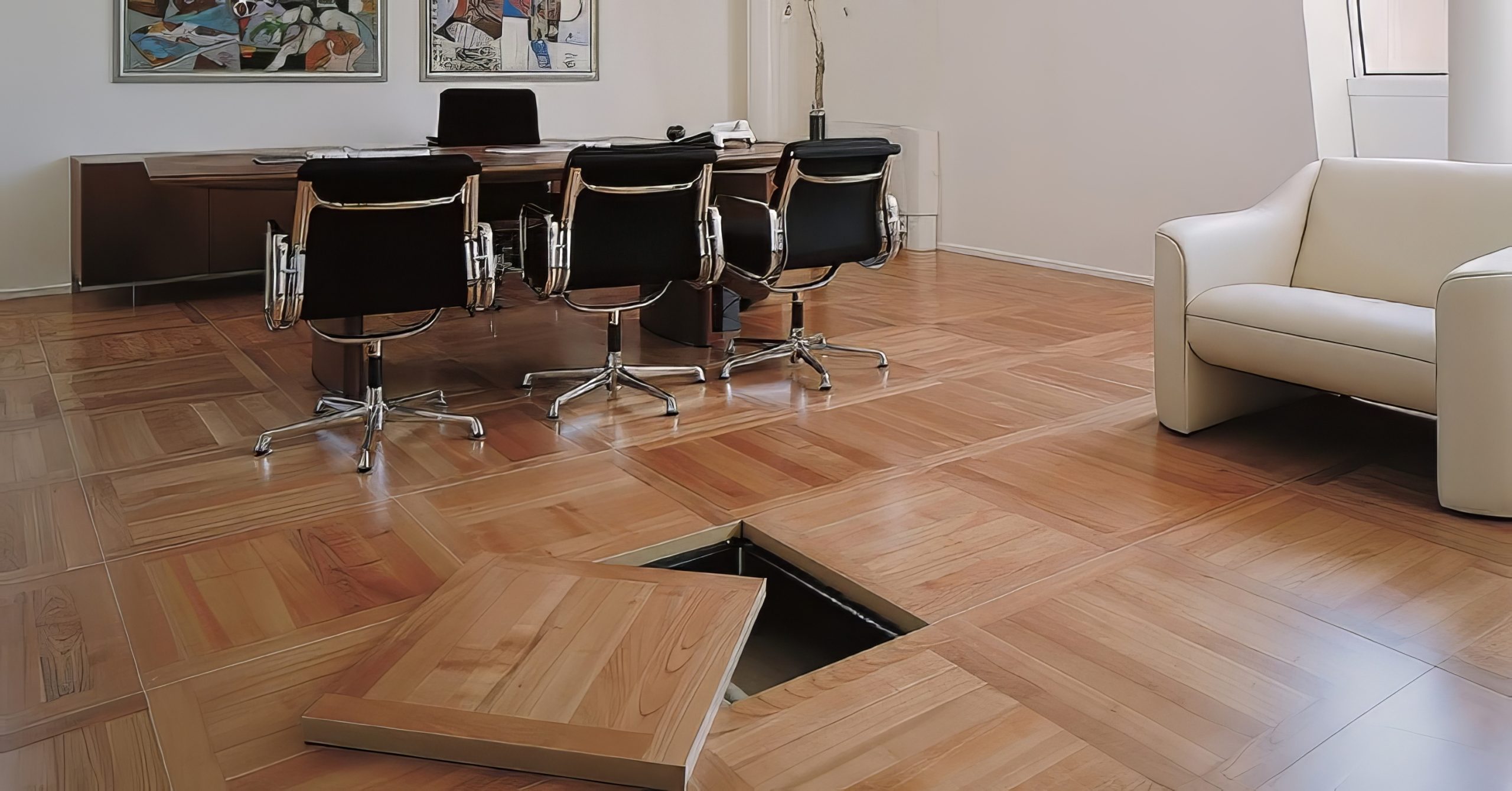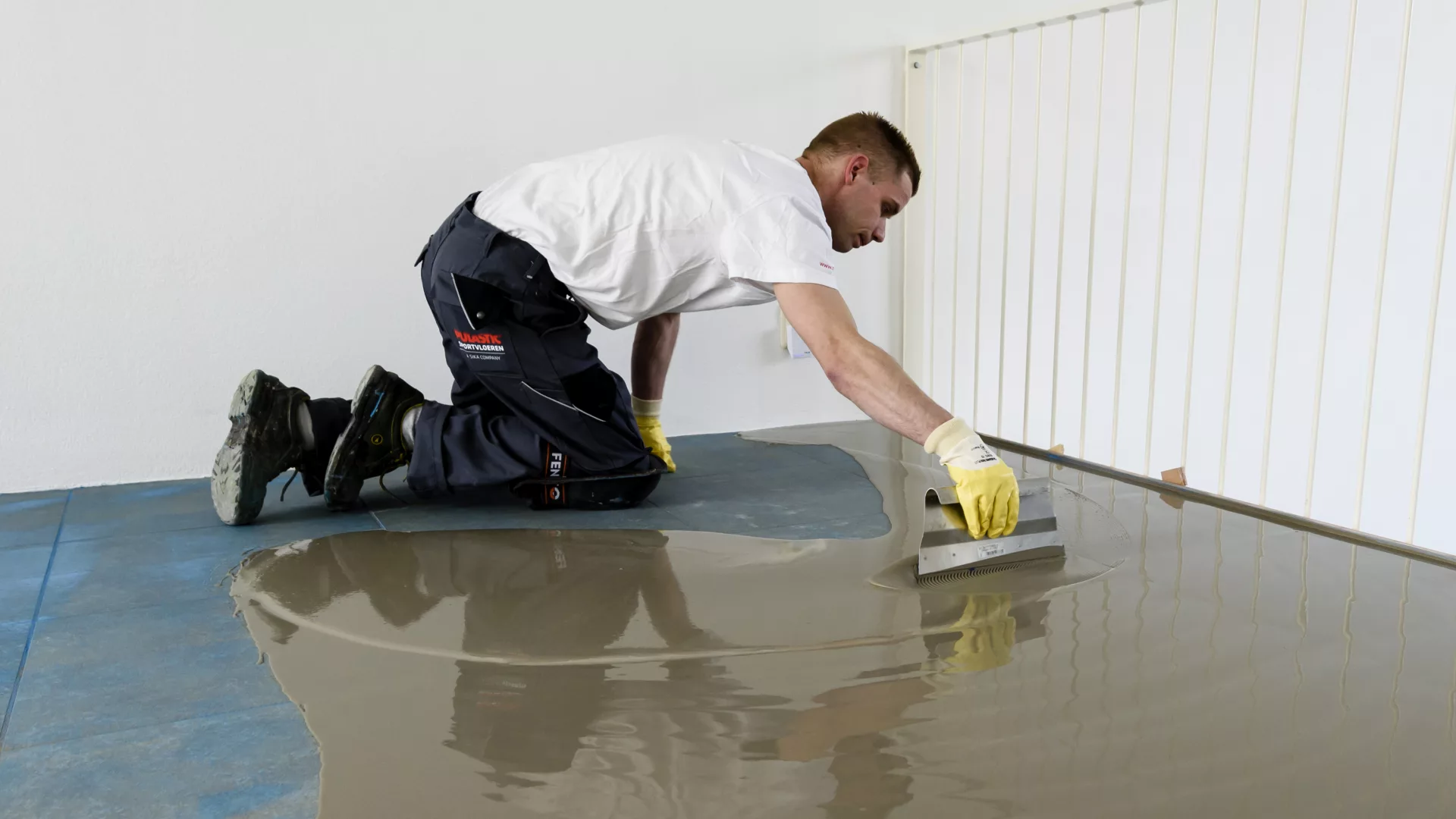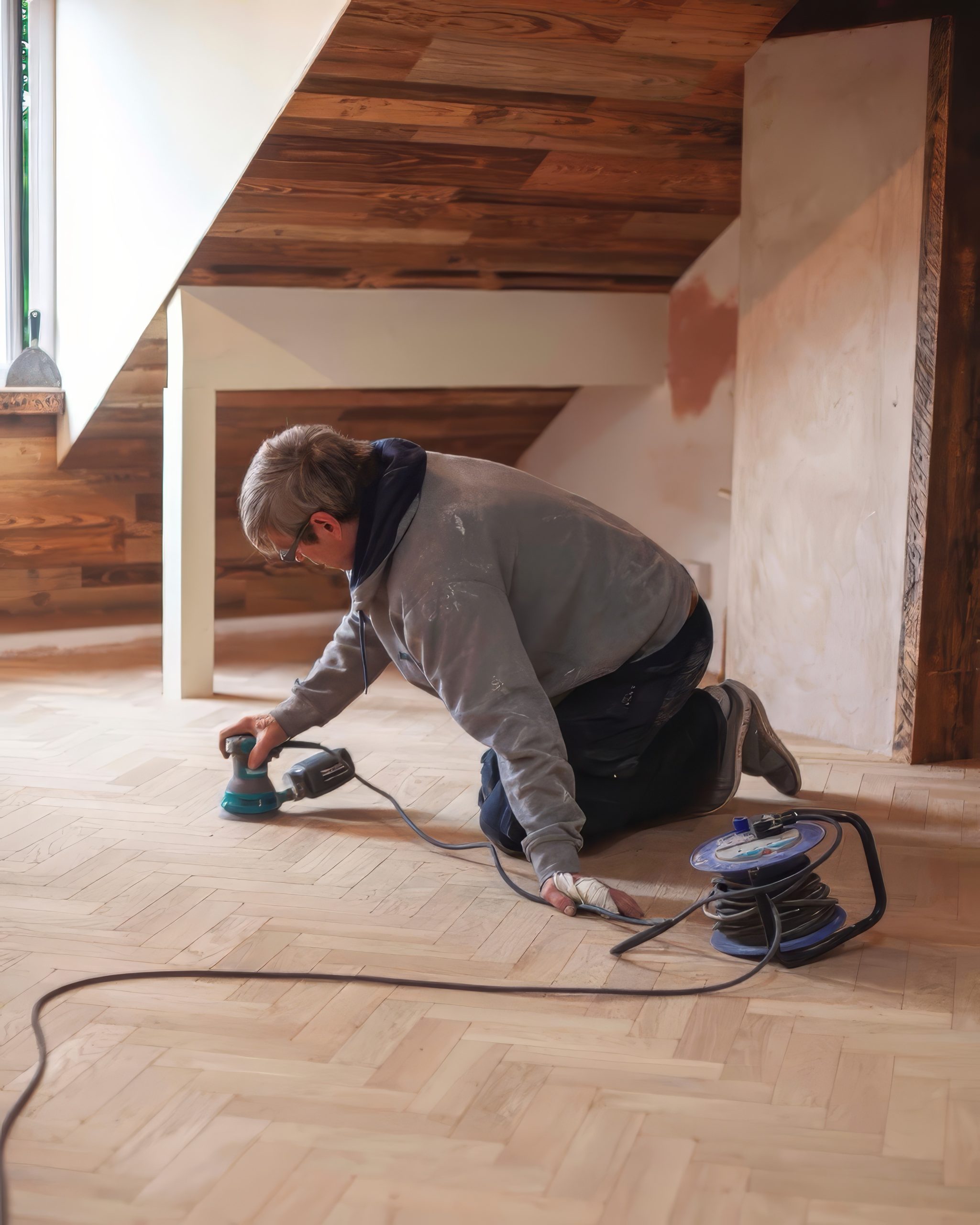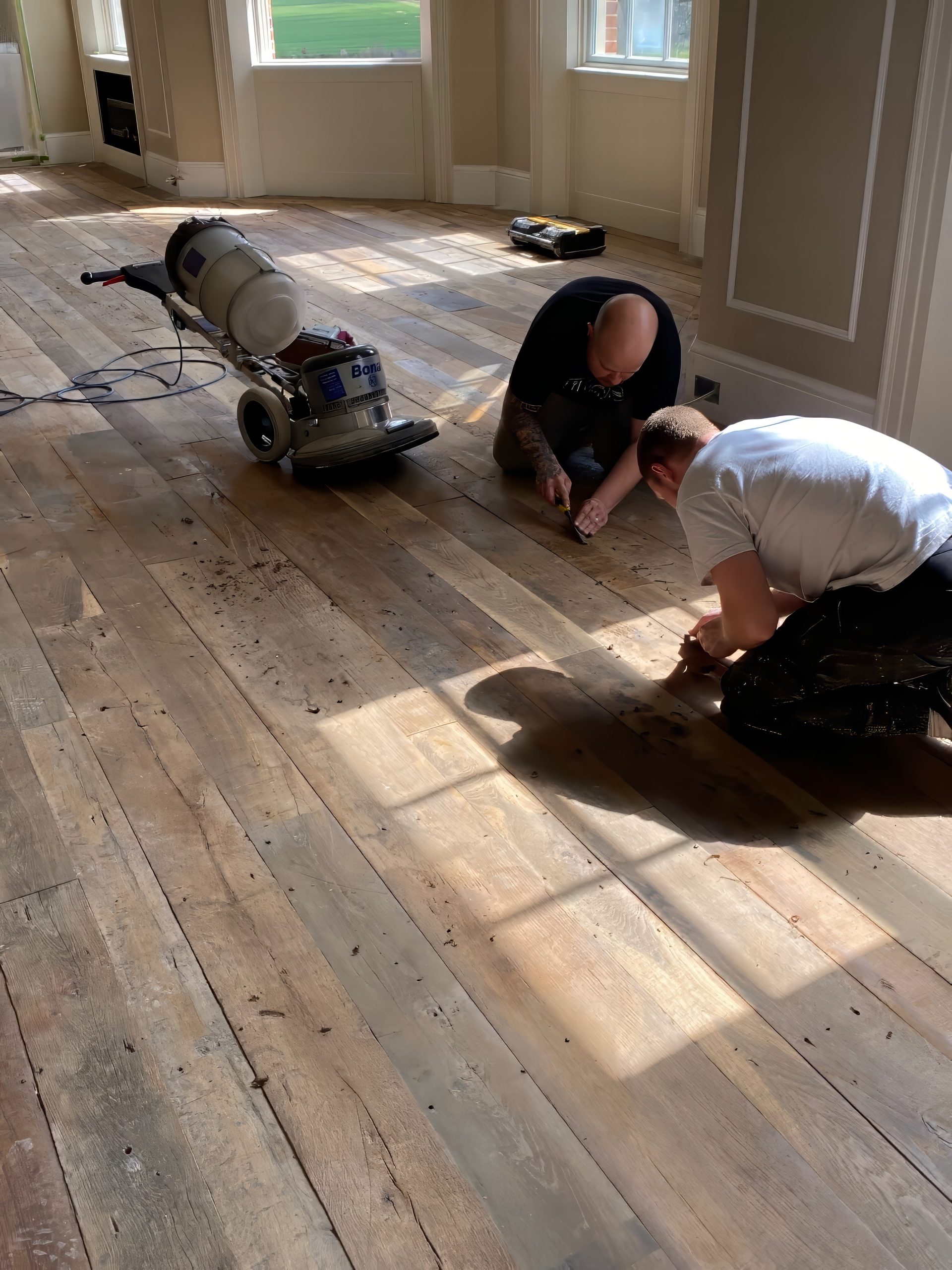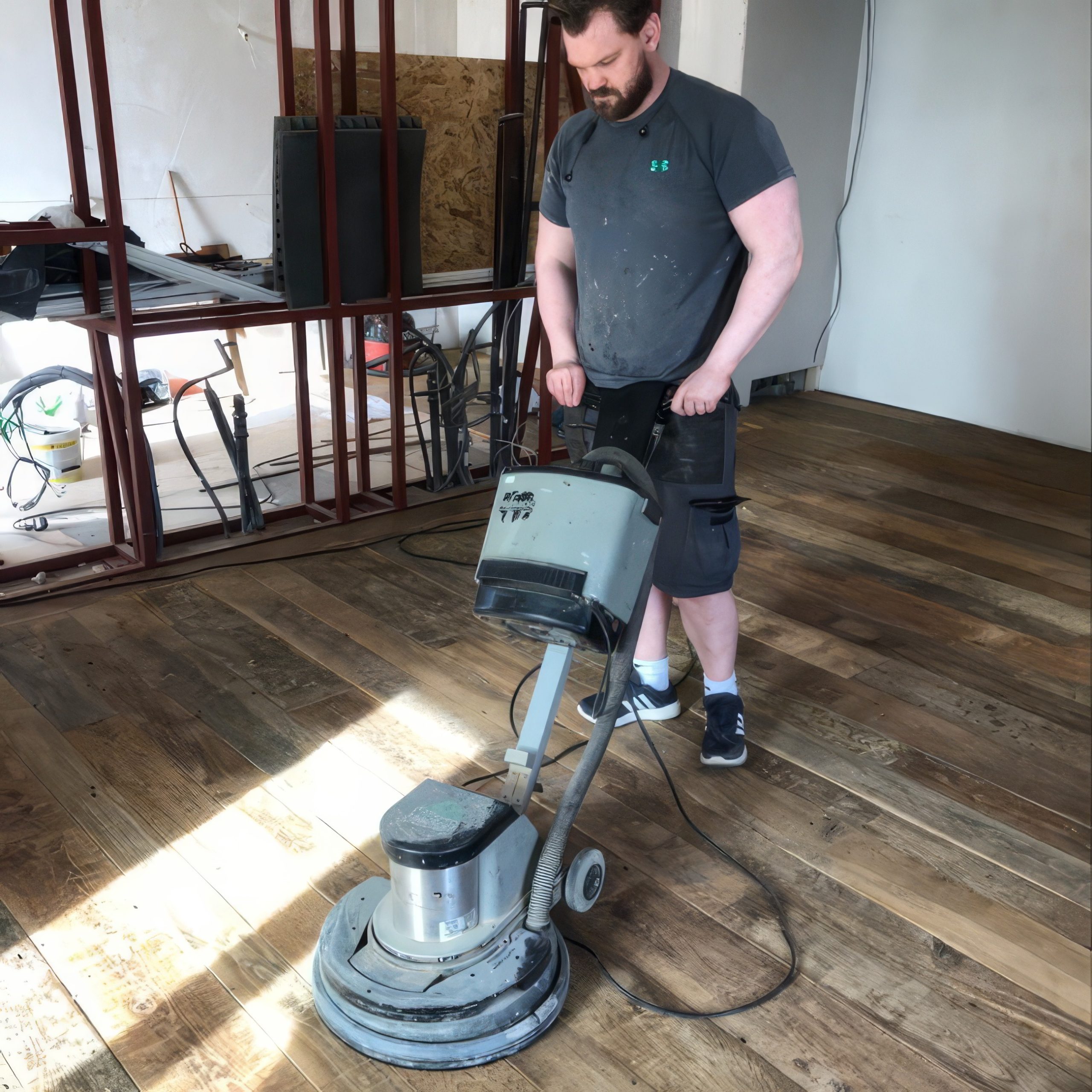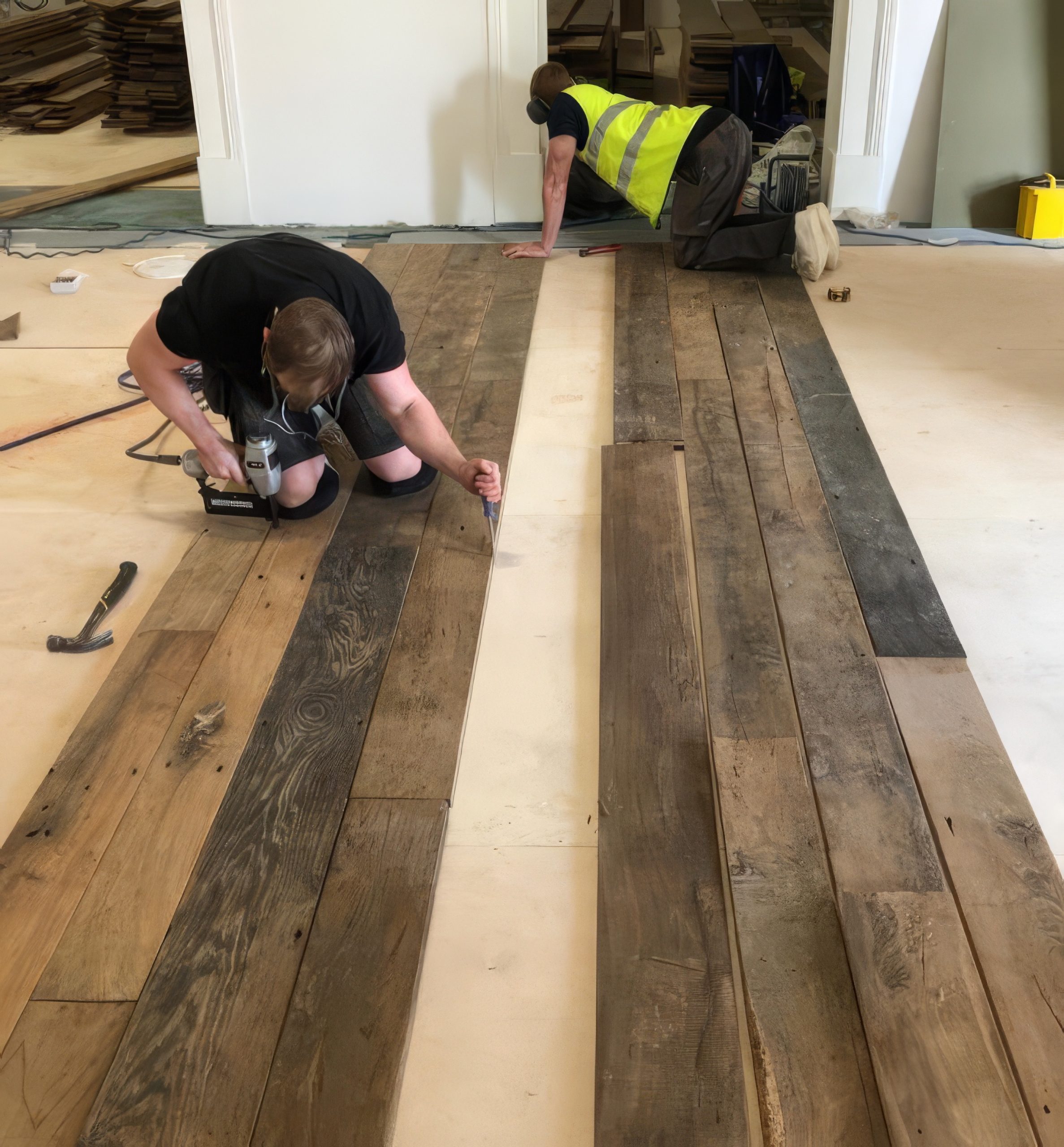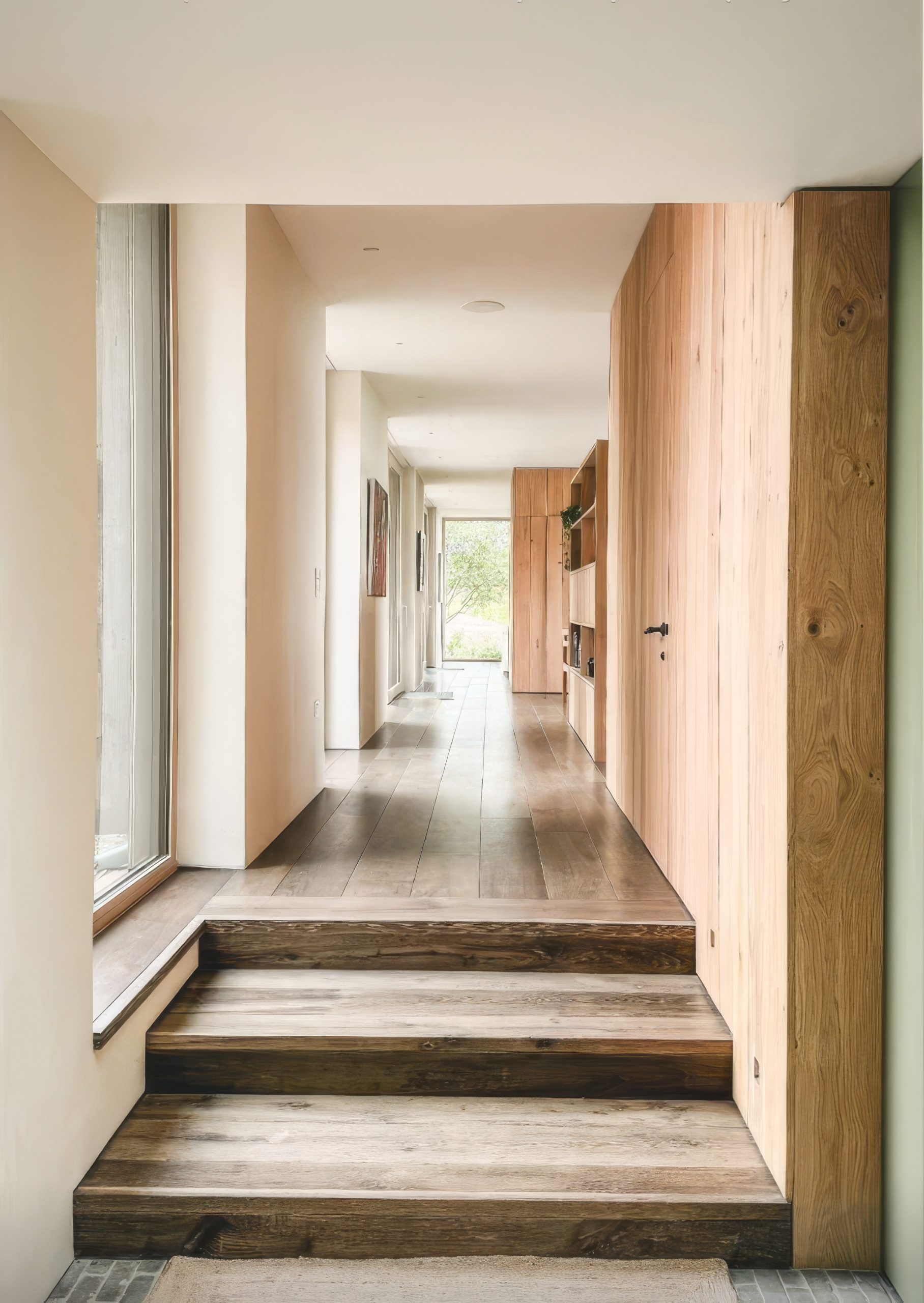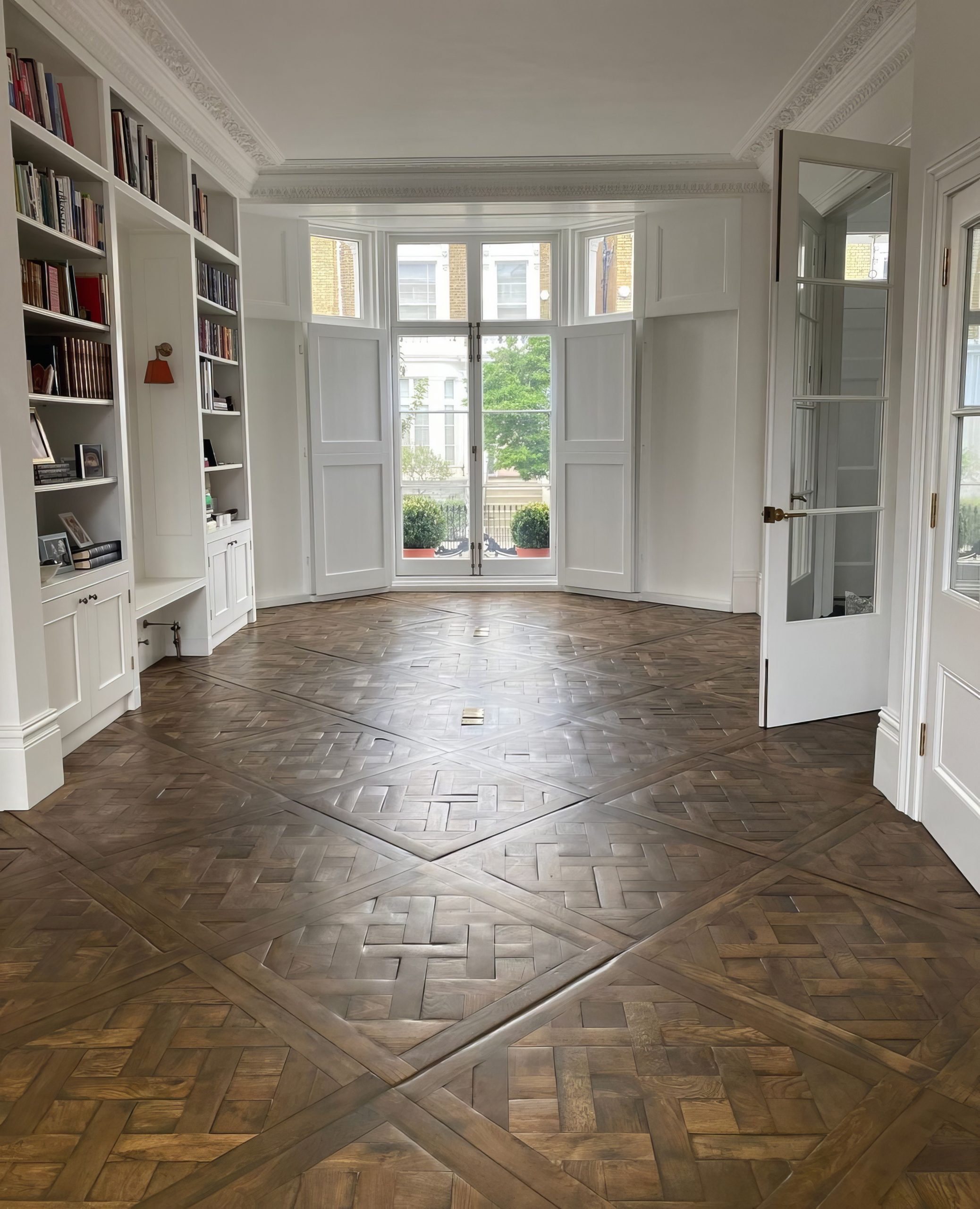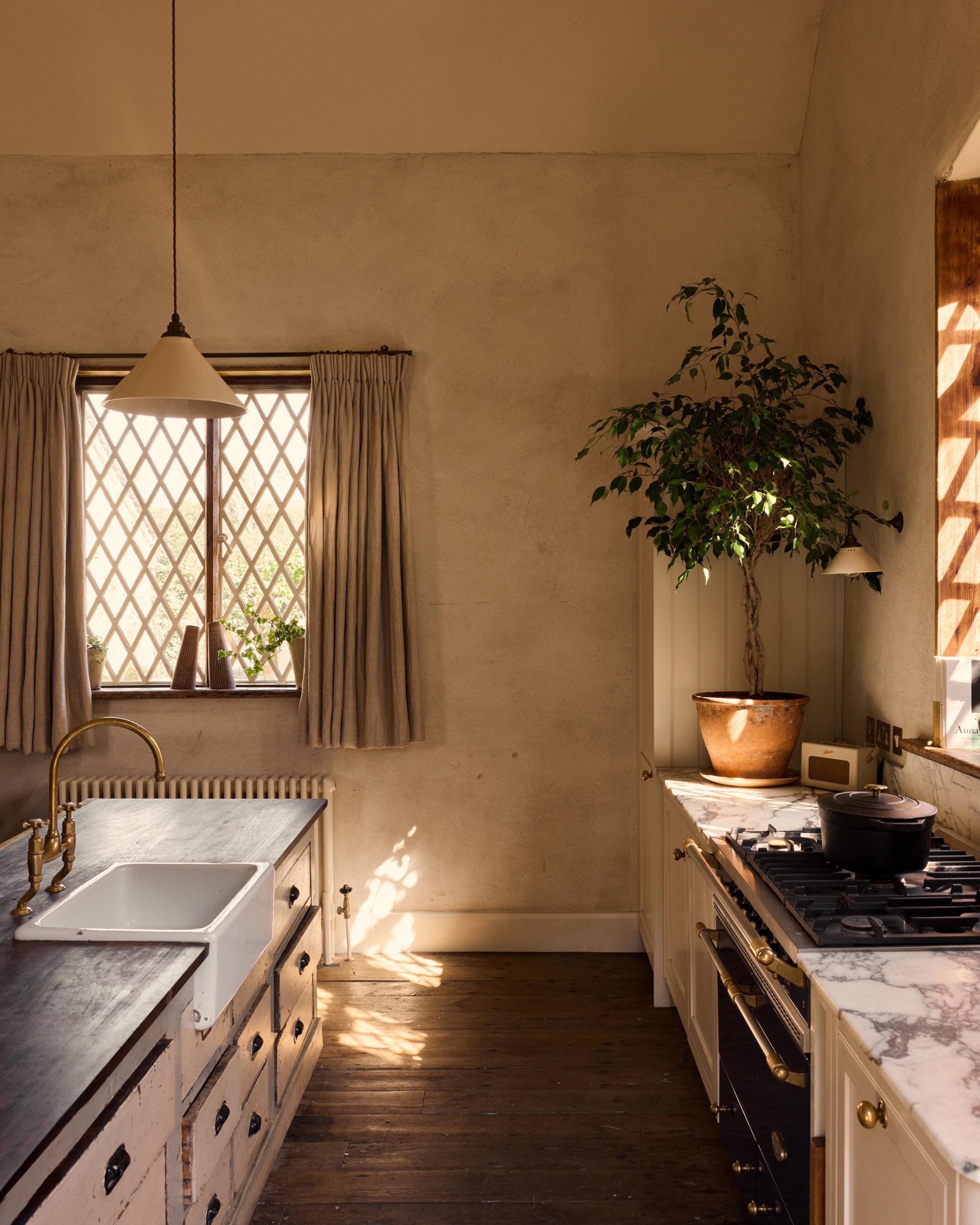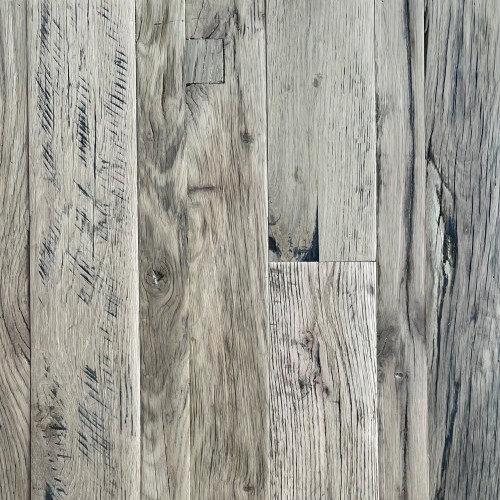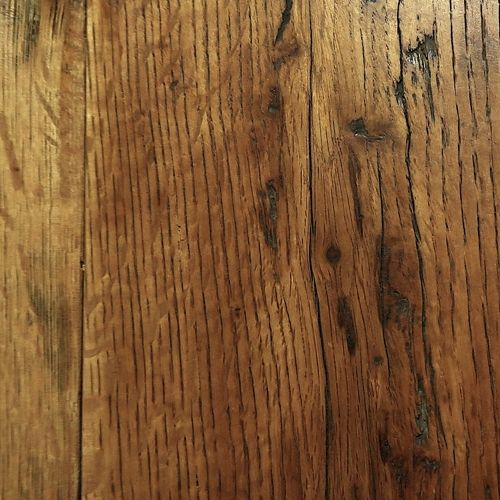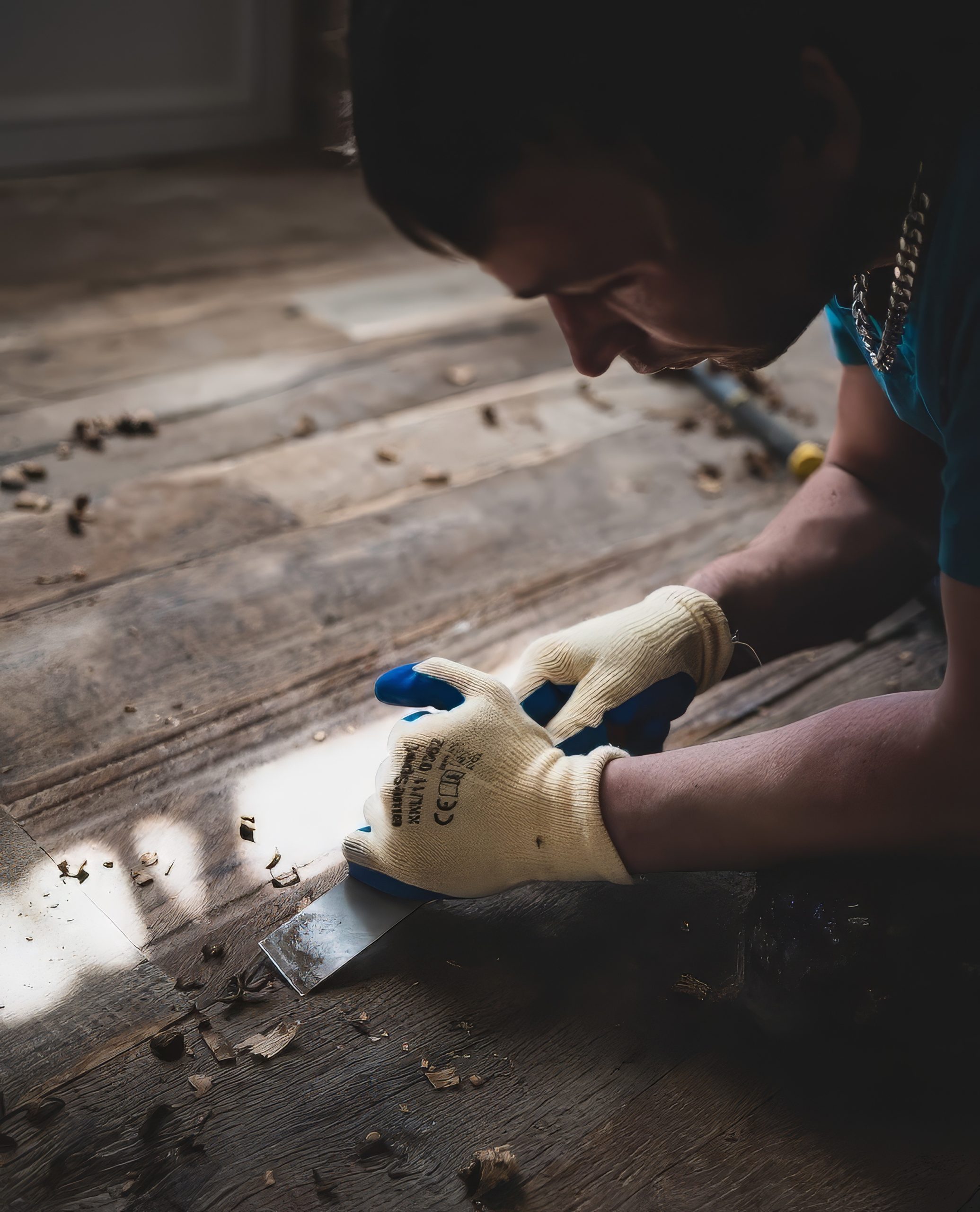
Methods, Tools, and Insider Tips for a Timeless Finish
Installing wood flooring can transform a space, adding timeless elegance and value to any property.
But did you know the method you choose to install your flooring can make or break its durability and aesthetic?
Understanding the key flooring installation techniques is crucial.
This guide thoroughly explores the three main installation methods, explains why the glue-and-nail method is the gold standard and discusses innovative technologies reshaping the flooring industry.
The 3 Essential Methods for Installing Wood Flooring
1. Glue-and-Nail Method: The Timeless Gold Standard
The glue-and-nail method is the most reliable approach for establishing wood flooring.
This time-tested technique combines the strength of adhesive bonding with the secure hold of nails, creating a floor that can withstand decades of wear and tear.
While it requires expertise, the result is unparalleled stability and longevity.
Here’s why it’s preferred:
Superior Stability: This method anchors planks firmly to the subfloor, minimizing movement, squeaking, and gaps, even in high-traffic areas or fluctuating humidity.
This is particularly important for solid wood flooring, which is more susceptible to expansion and contraction with changes in moisture.
Moisture Resistance: Modern adhesives offer exceptional moisture protection, safeguarding your floor from spills, humidity, and temperature changes.
Look for adhesives that meet industry standards for moisture resistance, such as those specifically designed for wood flooring.
Versatility: This method is suitable for both solid hardwood and engineered wood and provides a secure and professional finish regardless of the material chosen.
With its layered construction, engineered wood is less prone to movement than solid wood, but the glue-and-nail method still offers the best long-term performance.
Longer Lifespan: A properly installed glue-and-nail floor can last for generations, making it a worthwhile investment for your home.
Regular maintenance, such as cleaning and refinishing, can further extend the lifespan of your wood floor.
Pro Tip: Consider using hybrid polymer adhesives for superior bonding strength and cleaner installations.
These innovative adhesives reduce the need for excessive nailing, resulting in a smoother final appearance.
2. Floating Floor Method: A Convenient Compromise 2. Floating Floor Method: A Quick Fix But Not a Long-Term Solution
The floating floor method involves connecting planks to each other (usually using a locking mechanism) without securing them to the subfloor.
While it’s a popular DIY option, especially for laminate or vinyl flooring, it’s a risky solution.
Here’s why:
Lack of Stability: Floating floors are more susceptible to movement, flexing, and hollow sounds, particularly in high-traffic areas.
This can lead to premature wear and tear, especially in areas with heavy furniture.
Moisture Sensitivity: Without a secure bond to the subfloor, floating floors are vulnerable to moisture damage, leading to warping, buckling, and mould growth.
This is a major concern in kitchens, bathrooms, and basements.
Reduced Longevity: Floating floors generally have a shorter lifespan than glued-and-nailed floors, requiring more frequent repairs or replacement.
3. Tongue-and-Groove Method: Classic Meets Contemporary
The tongue-and-groove system is a time-tested method for wood flooring installations.
Each plank is designed with a tongue (a protruding edge) and a groove (a recessed edge), allowing the pieces to interlock securely.
It’s often used in conjunction with the glue-and-nail method for optimal results.
Here’s why it’s so popular:
Seamless Finish: The interlocking design creates a tight, uniform surface, minimizing gaps and enhancing the overall aesthetic.
This tight fit also helps to reduce noise transmission.
Versatility: Compatible with various installation methods, including glue-and-nail and floating the tongue-and-groove system offers flexibility for different projects and budgets.
It works well with a variety of wood species and plank sizes.
Ease of Installation (with proper tools): While precision is required, the tongue-and-groove system simplifies alignment and ensures a consistent fit.
Specialized flooring nailers are designed to work with tongue-and-groove planks, making installation more efficient.
Durability (when glued and nailed): When combined with the glue-and-nail method, tongue-and-groove flooring achieves maximum stability and longevity.
This combination is particularly effective in preventing squeaking and movement over time.
This method is the backbone for many wood flooring installations and is compatible with various hardwood designs and styles.
Cutting-Edge Technologies Redefining Wood Flooring
While traditional methods remain dominant, innovative technologies are constantly evolving to streamline the installation process, improve precision, and enhance the overall quality of the finished product.
These advancements benefit DIY enthusiasts and professional installers, offering greater efficiency and superior results.
1. Hybrid Polymer Adhesives
Gone are the days of messy, slow-drying adhesives. Hybrid polymer adhesives represent a significant leap forward, offering superior bonding strength, enhanced moisture resistance, and faster curing times.
This means fewer nails are required, resulting in a cleaner, faster installation with less risk of squeaking. Furthermore, these advanced adhesives are often more environmentally friendly, with lower VOC emissions.
Ask your supplier about low-VOC options for a healthier home environment.
2. Precision Laser Tools
Accuracy is paramount in wood flooring installation. Laser-guided measuring tools provide pinpoint accuracy, eliminating the guesswork and potential errors associated with traditional measuring tapes.
This precision minimizes material waste, ensures seamless alignment even on complex layouts, and ultimately saves time and money.
Laser levels also play a crucial role in ensuring a perfectly level subfloor, which is essential for a stable and long-lasting floor.
3. Modular Flooring Systems
Modular flooring systems featuring pre-finished, interlocking tiles or planks are revolutionizing the speed and simplicity of wood flooring installation.
These systems often utilize click-lock mechanisms for quick and easy assembly, significantly reducing installation time.
Furthermore, individual planks can be easily replaced if damaged, offering greater convenience and long-term flexibility.
Modular systems also offer enhanced design versatility, allowing for intricate patterns and unique layouts.
4. Self-Levelling Underlayments
Self-levelling underlayments are a game-changer, automatically correcting minor imperfections and creating a smooth, even surface for the flooring.
This not only improves the final appearance of the floor but also enhances its stability and longevity.
Depending on the specific product, these underlayments can also provide additional benefits, such as sound insulation and moisture protection.
| Feature | Glue-and-Nail | Floating Floors | Tongue-and-Groove |
|---|---|---|---|
| Stability | Superior | Moderate | High (when glued or nailed) |
| Longevity | Long-lasting | Shorter lifespan | Long-lasting |
| Moisture Resistance | Excellent | Poor | Good |
| Ease of Installation | Requires expertise | DIY-friendly | Seamless and professional |
| Final Appearance | Seamless and professional | May shift or gap over time | Seamless and professional |
| Cost | Higher upfront cost | Lower cost | Moderate |
| Best For | High-quality floors | Temporary spaces | Every floor |
What is the most durable method for installing wood flooring?
The glue-and-nail method is the most durable option for wood flooring installation.
It provides exceptional stability by securing the subfloor’s planks with glue and nails, reducing movement, creaking, and gaps over time.
This method ensures your wood floor can withstand heavy foot traffic and last for decades with proper care.
Can I install wood flooring on uneven subfloors?
No, wood flooring requires a smooth and level subfloor for proper installation.
Uneven subfloors can lead to gaps, creaking, and structural damage over time.
To fix this issue, use self-levelling underlayments to correct minor imperfections before installation.
This step is especially important for ensuring the longevity and stability of your flooring.
How do I prepare my subfloor for wood flooring installation?
To prepare your subfloor:
Clean thoroughly: Remove any dirt, debris, or old adhesive.
Level the surface: Use a self-levelling underlayment to fix minor imperfections.
Check moisture levels: Ensure the subfloor is dry to prevent damage to the wood.
Install a vapour barrier: If needed, especially in moisture-prone areas.
Secure the subfloor: Ensure it is firmly attached to prevent movement during installation.
Proper preparation ensures a smooth, durable, and professional-looking wood floor.
Is glue-and-nail installation suitable for engineered wood flooring?
Yes, the glue-and-nail method works exceptionally well for engineered wood flooring.
This approach provides optimal stability and prevents movement, even in areas prone to humidity or temperature changes.
Additionally, engineered wood’s layered construction makes it less prone to expansion and contraction, perfectly complementing this installation method.
What tools do professionals use for wood flooring installation?
Professional installers use a range of tools, including:
Flooring nailers/staplers: For securing planks in glue-and-nail installations.
Laser-guided measuring tools: To ensure precise cuts and alignment.
Self-levelling compounds: To prepare subfloors.
Circular saws: For cutting planks to fit edges and corners perfectly.
Moisture meters: To test subfloor and wood moisture levels before installation.
Investing in or hiring professionals with these tools ensures a flawless installation.
Why is the tongue-and-groove system so popular for wood flooring?
The tongue-and-groove system is popular due to its:
Ease of alignment: The interlocking design makes installation straightforward.
Seamless finish: It ensures tight, gap-free connections between planks.
Versatility: It works with various installation methods, including glue and nail.
When combined with glue and nails, tongue-and-groove flooring offers exceptional durability and a polished aesthetic.
Which adhesive is best for wood flooring installation?
Hybrid polymer adhesives are considered the best for wood flooring because they:
Provide strong bonding strength.
Offer superior moisture resistance.
Reduce the need for excessive nailing, resulting in a cleaner installation.
Always choose adhesives specifically designed for wood flooring to ensure optimal results.
References:
- Reclaimed Flooring Co. (n.d.). FAQs. Retrieved January 18, 2025, from reclaimedflooringco.com
- Teka Flooring. (n.d.). A complete step-by-step wood floor installation guidelines. Retrieved January 18, 2025, from ekaflooring.co.uk
- Junckers Industrier A/S. (n.d.). Installation methods. Retrieved January 18, 2025, from .junckers.com
- NationalWood Flooring Association. (2019). Wood flooring installation guidelines. Retrieved January 18, 2025, from grafch.com



